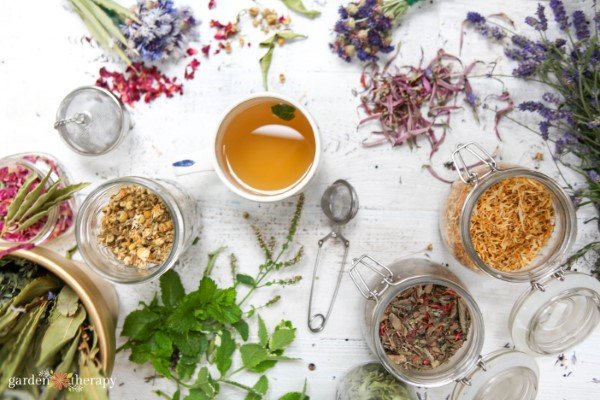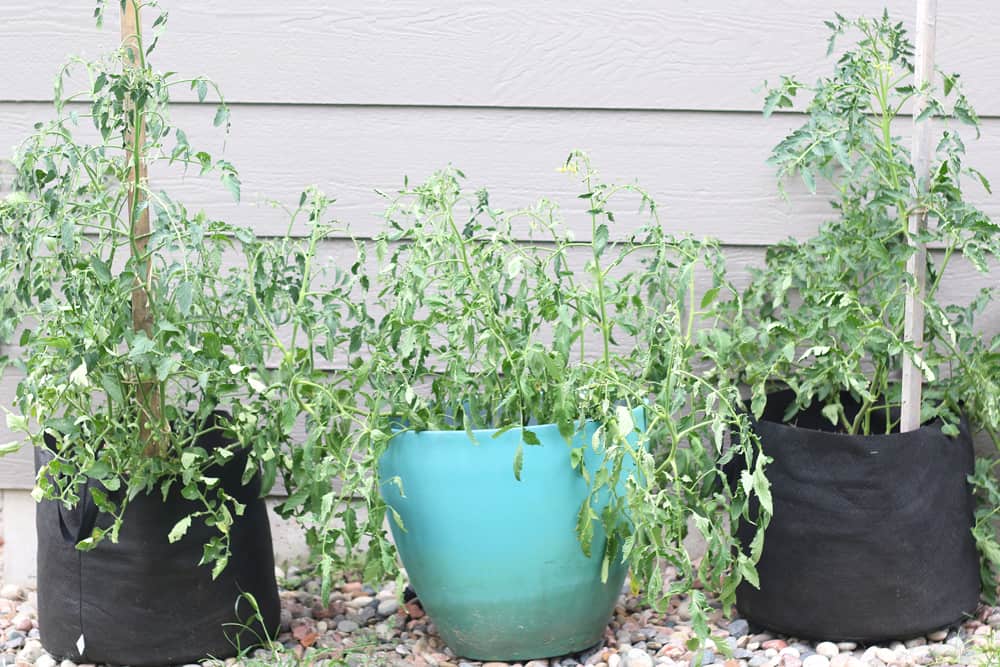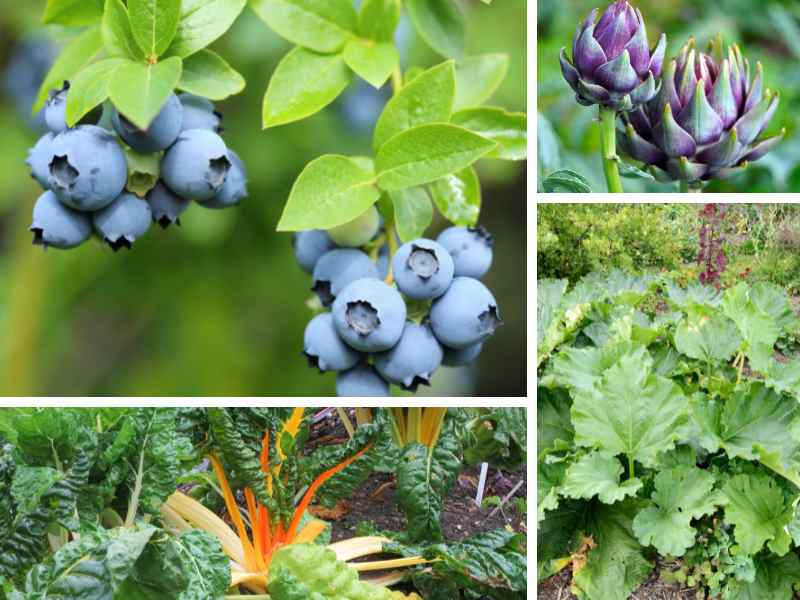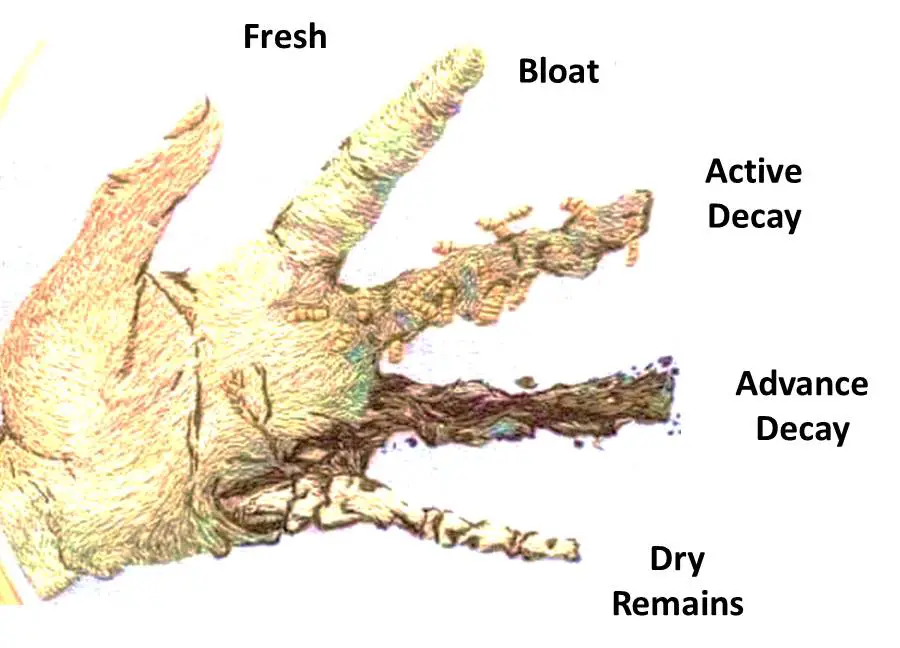
Introduction: The Allure of Homegrown Herbal Tea
Imagine sipping a steaming cup of tea, its aroma filling your senses, knowing that every leaf came from your own garden. Growing organic herbs for tea is more than just a hobby; it’s a journey into self-sufficiency, a connection with nature, and a pathway to wellness. This comprehensive guide will walk you through everything you need to know, from selecting the right herbs to harvesting and brewing your own delicious and healthful teas.
The appeal of homegrown herbal tea lies in its freshness, purity, and the satisfaction of creating something yourself. Store-bought teas, even organic ones, often lack the vibrant flavor and potency of freshly harvested herbs. Plus, by growing your own, you can be sure that your tea is free from harmful pesticides and herbicides. It’s a truly rewarding experience that nourishes both body and soul.
Why Choose Organic? The Benefits of Chemical-Free Tea
Opting for organic methods in your herb garden is crucial for both your health and the environment. Conventional farming practices often rely on synthetic pesticides, herbicides, and fertilizers, which can leave harmful residues on the herbs you consume. These chemicals can disrupt your endocrine system, contribute to allergies, and even increase your risk of certain diseases.
Organic gardening, on the other hand, prioritizes natural methods of pest control, soil enrichment, and weed management. This not only protects your health but also promotes biodiversity, improves soil health, and reduces pollution. When you grow organic herbs, you’re not just making tea; you’re making a conscious choice for a healthier planet.
Furthermore, organic herbs tend to be more flavorful and aromatic than conventionally grown ones. This is because healthy, well-nourished plants produce more essential oils, which are responsible for the unique taste and scent of each herb.
Selecting the Right Herbs: A Tea Lover’s Palette
The world of herbal teas is vast and diverse, offering a wide range of flavors and health benefits. When choosing herbs for your tea garden, consider your personal preferences, growing conditions, and desired effects. Here are some popular and easy-to-grow herbs for tea:
Mint (Mentha spp.)
Mint is a classic choice for tea, known for its refreshing flavor and digestive benefits. There are many varieties to choose from, including peppermint, spearmint, chocolate mint, and orange mint. Mint is easy to grow but can be invasive, so it’s best to plant it in a container.
Chamomile (Matricaria chamomilla)
Chamomile is prized for its calming and relaxing properties. Its delicate, apple-like flavor makes it a soothing bedtime tea. Chamomile is an annual that prefers full sun and well-drained soil.
Lemon Balm (Melissa officinalis)
Lemon balm has a bright, citrusy flavor and is known for its mood-boosting and antiviral properties. It’s a perennial that thrives in partial shade and well-drained soil. Like mint, lemon balm can be invasive, so consider planting it in a container.
Lavender (Lavandula angustifolia)
Lavender’s floral aroma and calming effects make it a popular addition to tea blends. It prefers full sun and well-drained, slightly alkaline soil. Lavender is a perennial that can be grown in a variety of climates.
Rosemary (Salvia rosmarinus)
Rosemary has a pungent, piney flavor and is known for its antioxidant and cognitive-enhancing properties. It prefers full sun and well-drained soil. Rosemary is a perennial that can be grown in warm climates.
Sage (Salvia officinalis)
Sage has an earthy, slightly peppery flavor and is known for its anti-inflammatory and antimicrobial properties. It prefers full sun and well-drained soil. Sage is a perennial that can be grown in a variety of climates.
Echinacea (Echinacea purpurea)
Echinacea is best known for its immune-boosting properties. While the flowers are often used in teas, the roots and leaves also contain medicinal compounds. Echinacea prefers full sun and well-drained soil. It’s a perennial that attracts pollinators to your garden.
Calendula (Calendula officinalis)
Calendula’s vibrant orange petals add a cheerful touch to tea blends and are known for their anti-inflammatory and skin-healing properties. It prefers full sun and well-drained soil. Calendula is an annual that readily self-seeds.
Stevia (Stevia rebaudiana)
Stevia is a natural sweetener that can be used to add a touch of sweetness to your herbal teas. It prefers full sun and well-drained soil. Stevia is a tender perennial that is often grown as an annual in cooler climates.
Ginger (Zingiber officinale)
While technically a rhizome, ginger is a fantastic addition to teas, providing a spicy kick and numerous health benefits, including anti-inflammatory and digestive support. It thrives in warm, humid conditions with partial shade.
Consider your local climate and soil conditions when selecting herbs. Some herbs are more tolerant of drought, while others prefer moist soil. Research the specific needs of each herb to ensure its success in your garden.
Creating the Perfect Growing Environment: Soil, Sun, and Water
To grow healthy and flavorful herbs, you need to provide them with the right growing environment. This includes choosing the right soil, providing adequate sunlight, and watering properly.
Soil
Most herbs prefer well-drained soil that is rich in organic matter. Amend your soil with compost or other organic materials to improve its fertility and drainage. Avoid heavy clay soils, which can become waterlogged and suffocate the roots. A slightly acidic to neutral pH is generally ideal for most herbs.
Sunlight
Most herbs need at least six hours of sunlight per day. However, some herbs, such as mint and lemon balm, can tolerate partial shade. Observe your garden throughout the day to determine which areas receive the most sunlight.
Water
Water your herbs regularly, especially during dry spells. However, avoid overwatering, which can lead to root rot. Allow the soil to dry slightly between waterings. Mulching around your herbs can help to retain moisture and suppress weeds.
Starting Your Herb Garden: Seeds vs. Seedlings
You can start your herb garden from seeds or seedlings. Starting from seeds is more economical, but it requires more time and effort. Seedlings, on the other hand, offer a head start and are easier to establish.
Starting from Seeds
To start herbs from seeds, sow them indoors 6-8 weeks before the last frost. Use a seed-starting mix and keep the soil moist but not soggy. Once the seedlings have developed a few sets of true leaves, you can transplant them outdoors after the danger of frost has passed. Some herbs, like chamomile and calendula, can be directly sown into the garden in the spring.
Starting from Seedlings
When purchasing seedlings, choose healthy-looking plants with vibrant green leaves and a well-developed root system. Avoid plants that are root-bound or show signs of disease or pests. Gently loosen the roots before planting and water thoroughly after planting.
Planting and Caring for Your Herbs: A Step-by-Step Guide
Once you have your seeds or seedlings, it’s time to plant them in your garden. Here’s a step-by-step guide:
- Choose a sunny location with well-drained soil.
- Prepare the soil by amending it with compost or other organic materials.
- Dig a hole that is slightly larger than the root ball of the plant.
- Gently loosen the roots of the plant.
- Place the plant in the hole and backfill with soil.
- Water thoroughly.
- Mulch around the plant to retain moisture and suppress weeds.
After planting, provide your herbs with regular care to ensure their health and productivity. This includes:
- Watering regularly, especially during dry spells.
- Fertilizing with an organic fertilizer every few weeks.
- Weeding regularly to prevent competition for resources.
- Pruning regularly to encourage bushier growth.
- Protecting your herbs from pests and diseases.
Organic Pest and Disease Control: Natural Solutions for a Healthy Garden
One of the key principles of organic gardening is to prevent pests and diseases rather than treating them after they occur. This can be achieved by creating a healthy growing environment, choosing disease-resistant varieties, and practicing good sanitation.
If pests or diseases do become a problem, there are many natural solutions you can try:
- Insecticidal soap: Effective against aphids, whiteflies, and other soft-bodied insects.
- Neem oil: A broad-spectrum insecticide and fungicide that is safe for beneficial insects.
- Bacillus thuringiensis (Bt): A naturally occurring bacterium that is effective against caterpillars.
- Copper fungicide: Effective against fungal diseases such as powdery mildew and black spot.
- Companion planting: Planting certain herbs and vegetables together can help to deter pests and attract beneficial insects. For example, basil repels aphids and tomato hornworms, while marigolds repel nematodes and other soil pests.
Always follow the instructions on the product label and use caution when applying any pesticide, even organic ones.
Harvesting and Drying Your Herbs: Preserving the Flavor of Summer
The best time to harvest herbs for tea is in the morning, after the dew has dried but before the sun gets too hot. This is when the herbs contain the highest concentration of essential oils.
To harvest herbs, use sharp scissors or pruning shears to cut the stems just above a leaf node. This will encourage the plant to produce new growth. Avoid harvesting more than one-third of the plant at a time.
There are several ways to dry herbs:
- Air drying: Tie the herbs into small bundles and hang them upside down in a cool, dry, well-ventilated place. This method takes several weeks.
- Oven drying: Spread the herbs in a single layer on a baking sheet and dry them in a low oven (170°F or 77°C) for several hours.
- Dehydrator: Use a food dehydrator to dry the herbs according to the manufacturer’s instructions.
Once the herbs are completely dry, store them in airtight containers in a cool, dark place. Properly dried herbs can last for up to a year.
Brewing Your Own Herbal Tea: A Simple and Satisfying Ritual
Brewing your own herbal tea is a simple and satisfying ritual. Here’s how to do it:
- Bring fresh, filtered water to a boil.
- Place 1-2 teaspoons of dried herbs in a tea infuser or teapot.
- Pour the boiling water over the herbs.
- Steep for 5-10 minutes, depending on the herb and your desired strength.
- Strain the tea and enjoy!
Experiment with different herb combinations to create your own unique tea blends. You can also add honey, lemon, or other natural sweeteners to taste.
Beyond Tea: Other Uses for Your Organic Herbs
Growing organic herbs offers benefits that extend far beyond just tea. These versatile plants can be used in a variety of culinary, medicinal, and cosmetic applications.
Culinary Uses
Fresh herbs can elevate your cooking, adding flavor and aroma to a wide range of dishes. Use mint in salads, sauces, and desserts. Add rosemary to roasted meats and vegetables. Sprinkle basil on pasta and pizza. The possibilities are endless.
Medicinal Uses
Many herbs have medicinal properties and can be used to treat a variety of ailments. Chamomile can help to relieve anxiety and insomnia. Ginger can help to ease nausea and indigestion. Lavender can help to soothe headaches and promote relaxation. Consult with a qualified healthcare professional before using herbs for medicinal purposes.
Cosmetic Uses
Herbs can also be used in homemade beauty products. Lavender can be used to make soothing bath salts and lotions. Calendula can be used to make skin-healing salves and creams. Mint can be used to make refreshing facial toners.
Troubleshooting: Common Problems and Solutions
Even with the best care, you may encounter some problems when growing organic herbs. Here are some common issues and solutions:
- Yellowing leaves: This can be caused by overwatering, underwatering, nutrient deficiencies, or pests. Adjust your watering schedule, fertilize with an organic fertilizer, and inspect your plants for pests.
- Powdery mildew: This fungal disease appears as a white, powdery coating on the leaves. Improve air circulation, water at the base of the plants, and apply a copper fungicide.
- Aphids: These small, sap-sucking insects can weaken your plants. Spray with insecticidal soap or neem oil.
- Slugs and snails: These pests can damage leaves and stems. Handpick them, use beer traps, or apply diatomaceous earth.
Expanding Your Herb Garden: Propagation Techniques
Once you’ve successfully grown herbs from seeds or seedlings, you can expand your garden by propagating your existing plants. There are several ways to propagate herbs:
- Stem cuttings: Take a 4-6 inch cutting from a healthy stem, remove the lower leaves, and place the cutting in water or moist potting mix. Roots will typically develop in a few weeks.
- Layering: Bend a stem down to the ground and cover it with soil. Roots will develop at the point where the stem is buried. Once the roots have formed, you can sever the stem from the parent plant.
- Division: Divide established clumps of herbs into smaller sections. Each section should have its own roots and stems.
The Joy of Growing Your Own: A Final Cup of Wisdom
Growing organic herbs for tea is a rewarding experience that connects you with nature, nourishes your body, and delights your senses. From the simple act of sowing seeds to the satisfying ritual of brewing your own tea, every step of the process is filled with joy and fulfillment. So, embrace the journey, experiment with different herbs, and discover the magic of homegrown herbal tea. Your garden and your taste buds will thank you for it.
By following this comprehensive guide, you’ll be well on your way to creating a thriving herb garden and enjoying the many benefits of organic, homegrown tea. Happy gardening and happy sipping!



